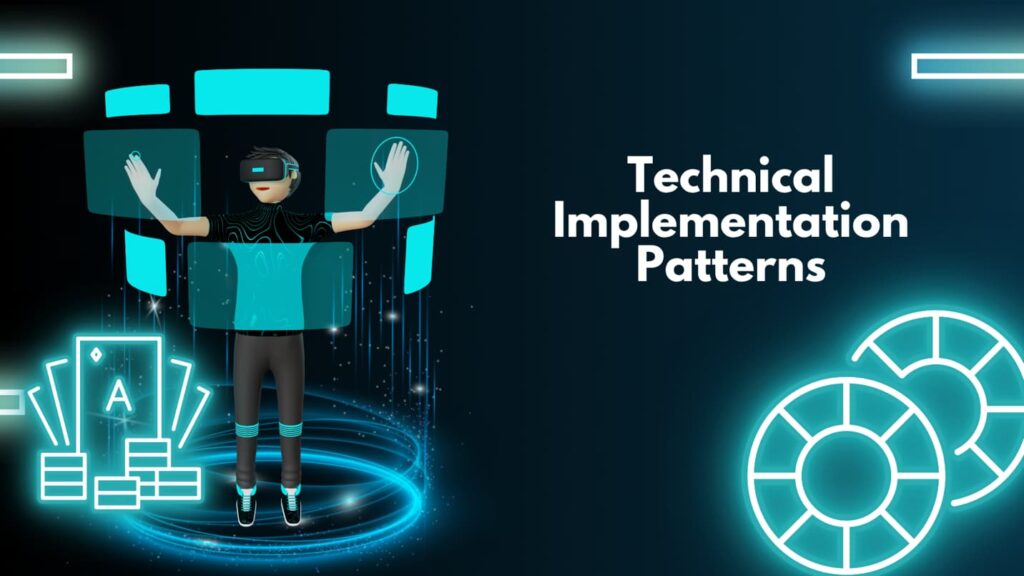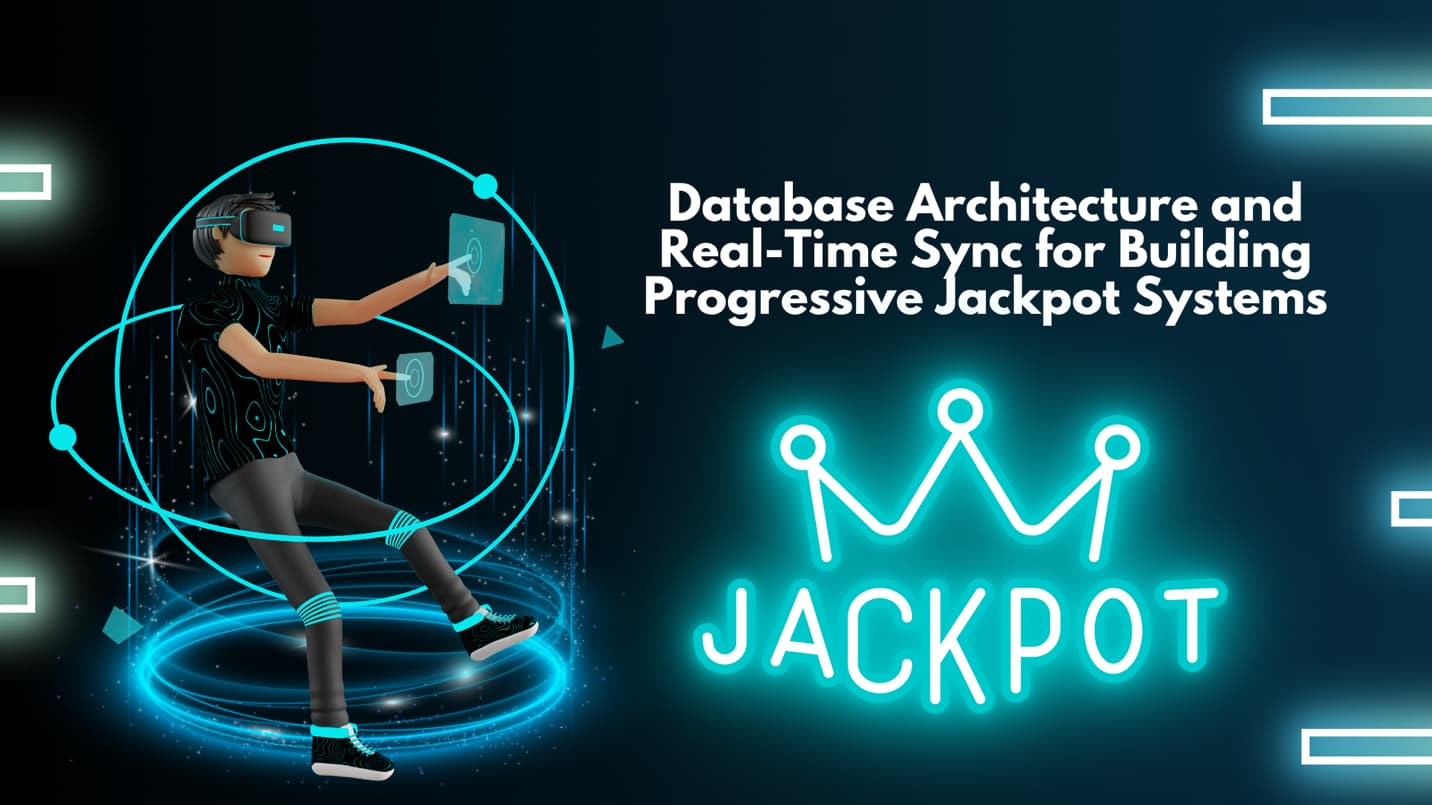Progressive jackpot systems represent one of the most technically demanding features in online gaming platforms. These systems require precise coordination between multiple components to ensure accurate accumulation and distribution of prize pools across thousands or even millions of players. The backbone of any reliable progressive jackpot system lies in its database architecture and real-time synchronization capabilities.
When players contribute to a jackpot pool with every bet, the system must update the total instantly and display it accurately across all connected devices. Any delay, inconsistency, or error can erode player trust and create legal complications. This article explores the essential technical components needed to build robust progressive jackpot systems.
Understanding Progressive Jackpot Systems
Progressive jackpots differ fundamentally from fixed-prize games because the prize pool grows continuously with player activity. Each wager contributes a small percentage to the jackpot, creating an ever-increasing prize that can reach millions. This dynamic nature demands real-time data processing and flawless synchronization.
What Makes Progressive Jackpots Unique
Progressive systems come in three main varieties: standalone jackpots tied to a single machine, local progressives shared across multiple games in one location, and wide-area progressives spanning multiple casinos or platforms. Wide-area progressives present the greatest technical challenge due to their distributed nature. Players expect to see the jackpot value update in real-time, often multiple times per second during peak hours.
The system must handle simultaneous contributions from countless sources while ensuring that when someone wins, the payout amount is exactly correct. No player should see an inflated value that doesn’t match the actual pool.
Core Database Architecture Requirements
The database architecture must balance speed, accuracy, and scalability. These systems handle high-frequency writes as contributions flow in and high-frequency reads as players check current jackpot values. Traditional database approaches often struggle with this dual demand.
Data Consistency and ACID Properties
ACID properties—Atomicity, Consistency, Isolation, and Durability—form the foundation of jackpot database design. Every contribution must be recorded atomically to prevent partial updates. When a player wins, the system must deduct the exact amount and record the payout in a single, indivisible operation.
Concurrent contributions from multiple games require careful handling to prevent race conditions. Database-level locking mechanisms or optimistic concurrency control ensure that simultaneous updates don’t corrupt the jackpot total. These safeguards are non-negotiable in systems handling real money.
Scalability Considerations
Scaling a progressive jackpot database requires strategic planning. Key approaches include:
- Horizontal scaling with database sharding to distribute load across multiple servers
- Read replicas dedicated to displaying jackpot values without impacting write performance
- Partitioning strategies that separate historical data from active jackpot pools
- Connection pooling to manage thousands of concurrent database connections efficiently
The read-to-write ratio in jackpot systems is typically very high. Players check jackpot values far more often than they contribute to them, making read optimization crucial.
Performance Optimization
Low latency is essential for maintaining player engagement. Databases must respond to queries in milliseconds, not seconds. Proper indexing on frequently queried fields dramatically improves lookup speed.
Caching layers using Redis or Memcached reduce database load by storing current jackpot values in memory. These caches update whenever contributions occur, providing near-instantaneous read access. Connection pooling prevents the overhead of repeatedly opening and closing database connections.
Real-Time Synchronization Mechanisms
Synchronization ensures that all system components and player interfaces reflect the current jackpot value. This becomes particularly complex in distributed systems where games run on different servers or even different geographic regions.
Event-Driven Architecture
Event-driven patterns excel at propagating jackpot updates across distributed systems. When a contribution occurs, the system publishes an event to a message broker like Apache Kafka or RabbitMQ. Subscribers—including display systems, analytics services, and audit logs—receive and process these events independently.
This approach decouples components and allows the system to scale horizontally. If one subscriber experiences issues, others continue functioning normally. Event sourcing provides a complete audit trail of every contribution and payout, essential for regulatory compliance.
WebSocket Connections for Live Updates
WebSockets enable persistent, bidirectional connections between servers and client devices. Unlike traditional HTTP requests that require constant polling, WebSockets push updates to clients instantly when jackpot values change. This reduces network overhead and ensures players see real-time values.
Load balancers distribute WebSocket connections across multiple servers to handle massive concurrent user loads. Sticky sessions ensure that reconnecting clients return to the same server, maintaining state consistency. Fallback mechanisms like Server-Sent Events (SSE) provide alternatives when WebSocket connections fail.
Database Change Data Capture (CDC)
CDC tools monitor database transaction logs and stream changes to interested systems in real-time. Solutions like Debezium or AWS Database Migration Service capture every insert and update as it occurs. This enables downstream systems to react immediately without polling the database.
CDC guarantees that no updates are missed, even during network disruptions. The approach provides a reliable foundation for keeping distributed caches, analytics platforms, and backup systems synchronized.
Technical Implementation Patterns

Architectural decisions shape system reliability and performance. Teams must choose patterns that align with their specific scalability and consistency requirements.
Multi-Master Replication vs. Single Source of Truth
Single-master architectures designate one database as the authoritative source for jackpot values. All writes go through this master, ensuring strong consistency. Replication to read replicas happens asynchronously, introducing slight delays in display values.
Multi-master replication allows writes to multiple databases simultaneously, improving availability. However, this requires sophisticated conflict resolution when concurrent updates occur. For financial systems like progressive jackpots, strong consistency typically outweighs the benefits of multi-master setups.
Microservices Architecture
Separating the jackpot service from core gaming logic creates clear boundaries and improves maintainability. The jackpot microservice exposes APIs for:
- Contributing to the jackpot pool
- Retrieving current values
- Processing payouts
- Generating reports
API gateways route requests to appropriate service instances. Service meshes like Istio handle inter-service communication, load balancing, and circuit breaking when services fail.
Challenges and Solutions
Real-world implementations face numerous obstacles that require creative solutions. Understanding these challenges helps teams build more resilient systems.
Network Latency and Geographic Distribution
Players worldwide expect low-latency access to jackpot information. Content Delivery Networks (CDNs) cache jackpot values at edge locations near users, reducing round-trip times. Regional database instances serve players in specific geographic areas while synchronizing with the central pool.
Cross-region replication introduces consistency challenges due to the CAP theorem. Systems must choose between consistency and availability during network partitions. Most progressive jackpot systems prioritize consistency to ensure accurate payouts.
Security and Fraud Prevention
Protecting jackpot systems from manipulation is paramount. Encryption secures data in transit and at rest, preventing unauthorized access. Comprehensive audit logging tracks every transaction for forensic analysis and regulatory compliance.
Anomaly detection algorithms identify suspicious patterns, such as impossible contribution rates or timing attacks. Multi-factor authentication and role-based access control limit who can modify jackpot values or trigger payouts.
Conclusion
Building progressive jackpot systems demands careful attention to database architecture and real-time synchronization. The combination of ACID-compliant databases, event-driven architectures, and WebSocket connections creates the foundation for reliable operation. Scalability through sharding, caching, and microservices ensures systems handle millions of concurrent players.
As technology evolves, blockchain-based solutions and serverless architectures offer new possibilities for transparency and cost efficiency. However, the fundamental principles—consistency, low latency, and security—remain constant. Success in building progressive jackpot systems ultimately comes from balancing technical sophistication with operational reliability.
